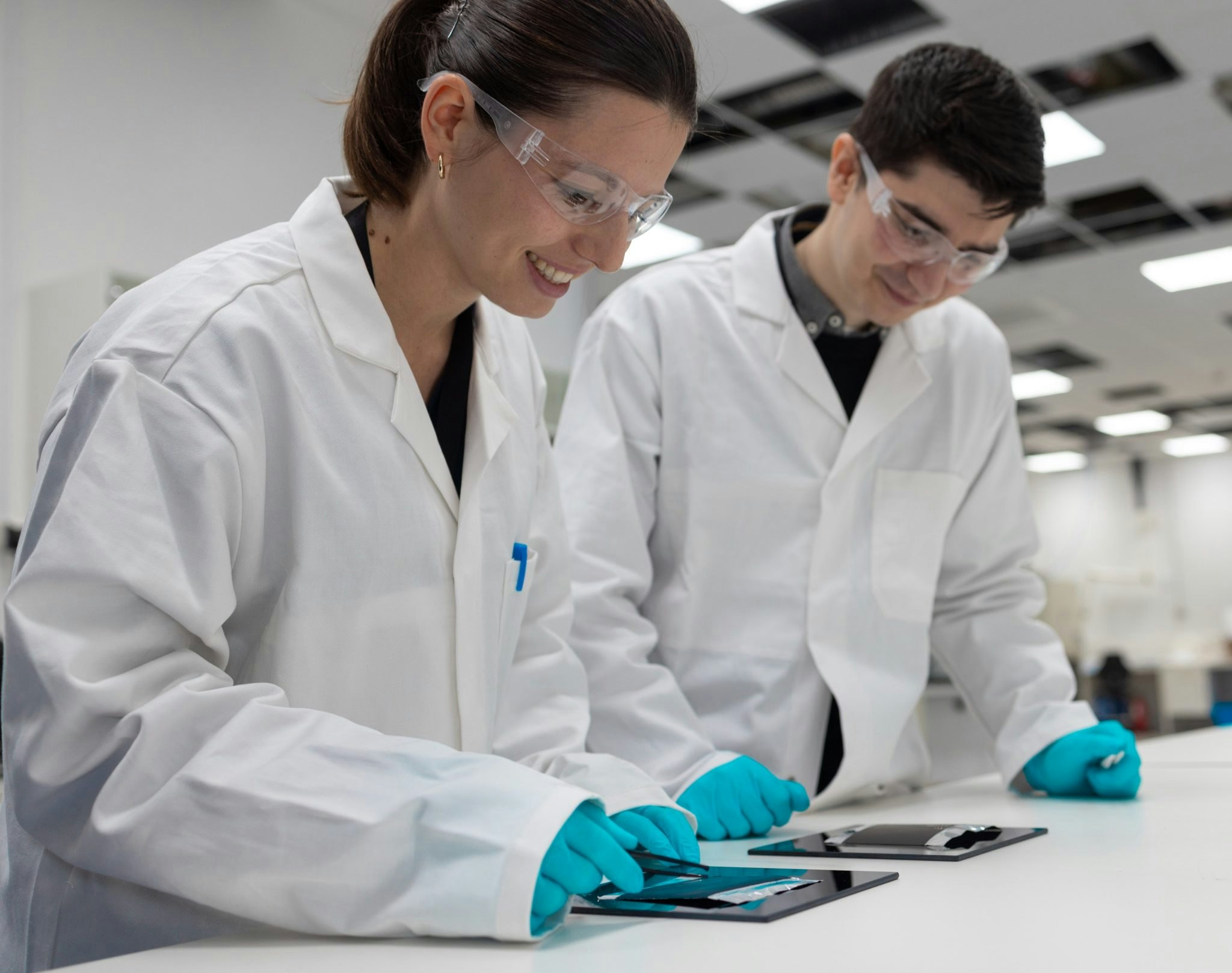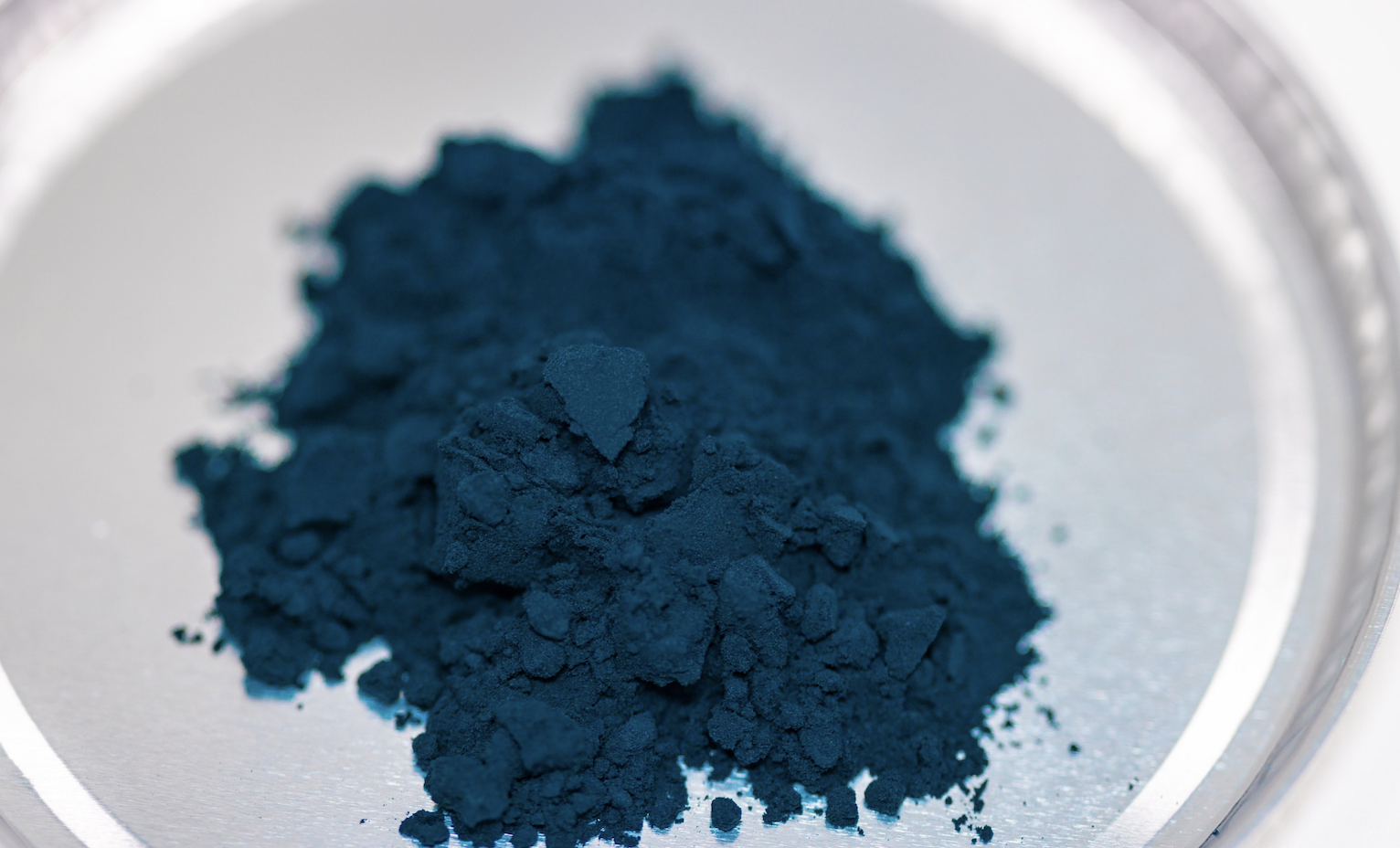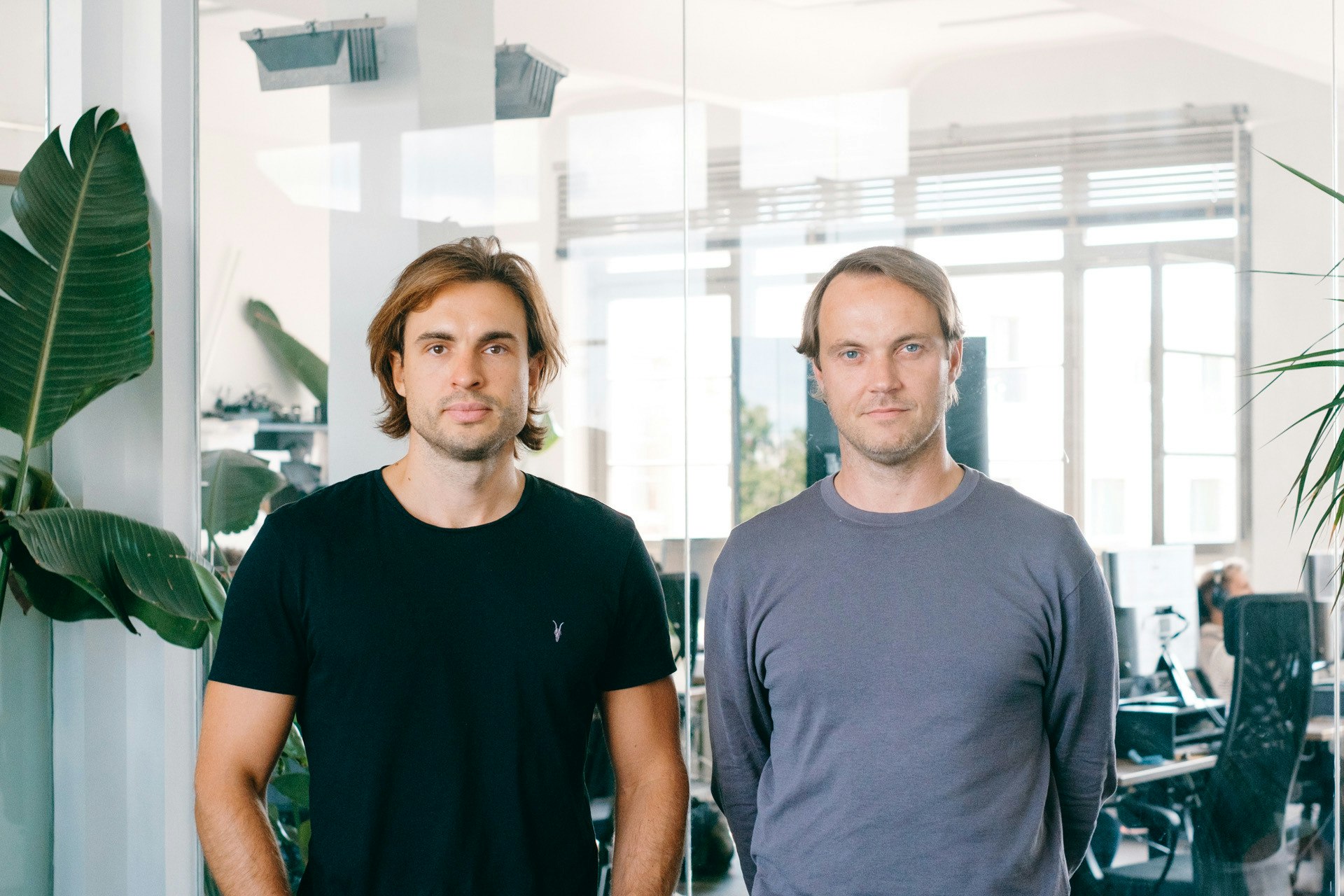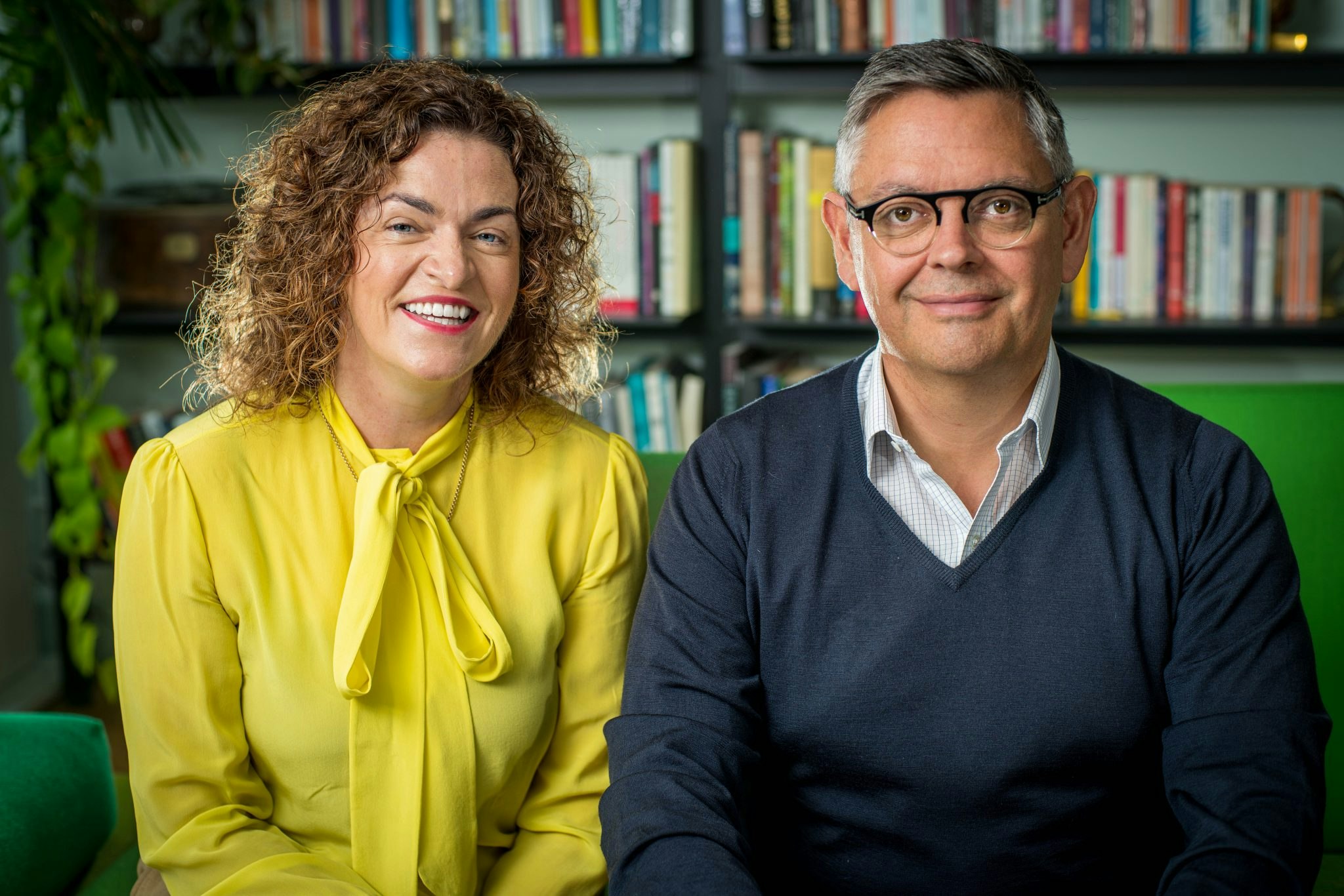Currently, nearly all batteries require metals like lithium and cobalt. Problem: Europe doesn’t have a lot of these minerals, and has to rely on places like China for supply.
Building a battery that doesn’t rely on these is a holy grail for the green transition — and for Europe to achieve more energy sufficiency.
Northvolt, Europe’s largest battery manufacturer, announced last month it had developed a battery entirely without any critical minerals in it. The company is among a host in Europe working on a new generation of batteries.
Zinc-ion batteries by Enerpoly
Among them is little-known Stockholm-based startup Enerpoly. It’s just received an $8.4m grant from the Swedish Energy Agency to build a factory to manufacture zinc-ion batteries.
Zinc-based batteries aren’t a new invention— zinc and manganese dioxide have already been used to create rechargeable triple A batteries (zinc alkaline) and because of that, there is already an existing supply chain in Europe, according to the CEO and cofounder Eloisa de Castro.
Zinc, the fourth-most produced metal in the world, makes for cheaper batteries and is safer than most alternatives. Enerpoly has been able to prove that its battery won’t catch fire, even at temperatures exceeding 200C.
Enerpoly is currently planning to build a factory outside Stockholm to produce modular batteries with a final capacity of 100 MWh annually — which is the same size as the UK’s largest battery at present. Those batteries can be assembled into systems that provide from single-digit kilowatt hours to thousands of megawatt hours – “anything that you’ve seen lithium-ion batteries deployed in stationary energy storage.”

Use cases can include safety-critical energy storage applications, energy shifting and arbitrage for buildings and grid or large-scale storage.
Fabian Erici, an investor at Norrsken VC, says that a lot of alternative-materials battery manufacturers are focused on grid storage, as opposed to vehicle applications. Almost all of today’s electric vehicles (EVs) run on lithium-ion batteries, whereas the grid industry is less tied to the traditional lithium battery, he says.
Zinc batteries like Enerpoly’s have a relatively low efficiency and lose more energy during charging and use than lithium-ion batteries. That said, for energy storage, zinc could be a better alternative due to the scarcity of lithium and the fact that it’s cheaper, says de Castro. With an energy density of 100 watt-hours per kilo, it has a competitive advantage over some of its competitors, she says.
“What we can do is compete on price with LFP (lithium-iron batteries) from China. And we’re using a supply chain that’s also something that already exists in Europe today,” de Castro says.
Enerpoly’s $8.4m grant brings the total raised to $13.8m and gets them closer to building the battery factory. The ambitious goal is to have the factory up and running by 2026.
Northvolt’s sodium-ion batteries
Sweden’s Northvolt has based all of its battery production on producing lithium-ion batteries for a variety of industries including cars and energy storage companies like Polarium.
At its Northvolt Dwa factory in Poland, it has already developed energy storage batteries with lithium, but some time ago it had a breakthrough at its lab in Sweden, with a sodium-ion (Na-ion) cell validated with an energy density of over 160 watt-hours per kilogram. A couple of weeks ago, Northvolt announced that it was going to invest in this new, more climate-friendly and cheaper battery technology for energy storage together with the Swedish supplier Altris.

By using Altris’s cathode material Fennac – composed of iron, nitrogen, sodium and carbon — Northvolt is set to create a battery without any of the highly in-demand finite materials like cobalt, nickel, lithium, manganese and graphite.
The sodium batteries won’t be on par with lithium-ion batteries and therefore won’t be great for long-range batteries in cars, however, Northvolt’s communications director Anders Thor is optimistic about the technological possibilities.
“We see that the current generation of our sodium-ion batteries at 160 watt-hours per kilo is best suitable for energy storage, but there is a distinct path towards higher energy densities that also enables them for usage for vehicles, which will severely reduce cost and increase sustainability for electric mobility,” he says.
Northvolt is not alone in developing this technology. There are nearly 30 Na-ion battery manufacturing plants currently operating, planned or under construction, almost all in China.
VoltStorage’s iron salt battery
German startup VoltStorage is working on another form of battery, which also removes the need for lithium. The company, based in Munich, is working on “redox flow batteries” that store energy in a liquid electrolyte solution. The solution flows (hence the name) through the battery’s cells to charge and discharge it.
The electrolyte solution in redox flow batteries can be made from different materials — VoltStorage is working on one which uses sodium and iron as its electrolyte. The iron can be retrieved as a byproduct of steel making.
VoltStorage, which was founded in 2016, raised a $24m round in 2022 from engine and power systems company Cummins.
Elinor’s LFP batteries
There are other companies that aren’t entirely decoupling from lithium and the other critical minerals, but are working on incorporating other materials alongside lithium.
Earlier this year, green investment firm Valinor announced it had founded Elinor Batteries, a company aimed at building a gigawatt-scale factory for LFP (lithium-iron) batteries at a 6,000-acre industrial park area in Oakland in central Norway.
The company is today announcing that the prototype LFP batteries have been produced in collaboration with the battery lab at European research centre SINTEF, based in Norway. Whilst lithium-ion batteries have superior energy density, LFP is often seen as safer and more cost-effective, says Arne Fredrik Lånke, CEO of Elinor Batteries.
“The advantage [of LFP] compared to NMC [lithium-ion] is lower cost, longer lifetime, high safety and avoiding some costly raw materials like cobalt,” he says.
In comparison to lithium-ion batteries, Elinor Batteries will focus on stationary energy storage (not cars) and Långe says that the energy density of LFP is competitive for the relevant use cases, especially compared to some non-lithium-based battery technologies.
The gigafactory will be developed in modules and it plans to be in operation from 2027 and ramp up production to 10 GWh over the next couple of years.
The project’s initial phase has been funded by Valinor but the majority owner, with 85% ownership, aims to get other investors involved along the way. The project estimates investments of about €1bn.
Horses for courses
Among the flurry of new battery alternatives, there’s yet to emerge a single new technology which looks like it could come to rival the ubiquity of the lithium-ion battery.
“So far we haven’t seen one that outpaces all the others,” says Norrsken’s Erici. And it’s not the sort of industry where that will happen, he says.
“This won’t be a silver bullet solution where we have one technology that will be the only one,” he says. “There will be many technologies that are good for different things, both in terms of different applications, but also different storage durations.”


